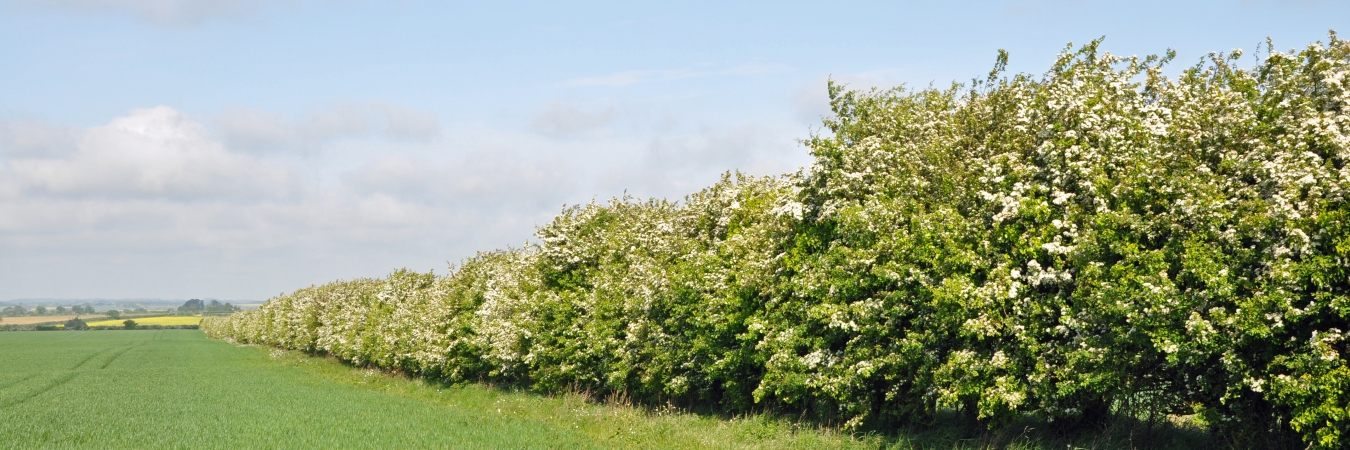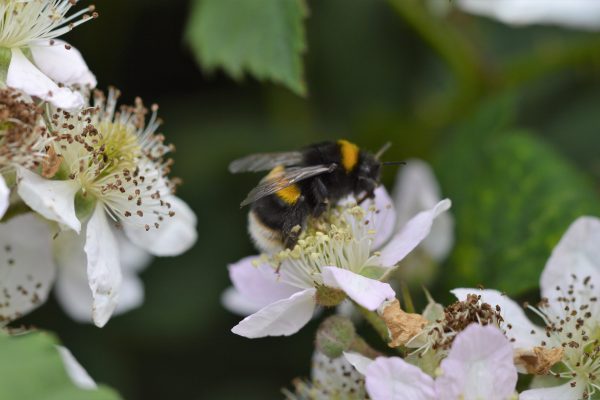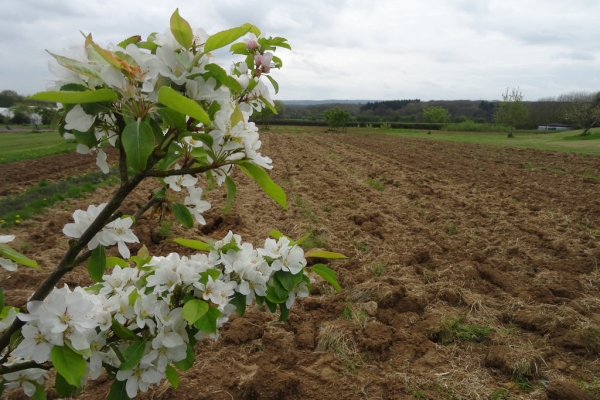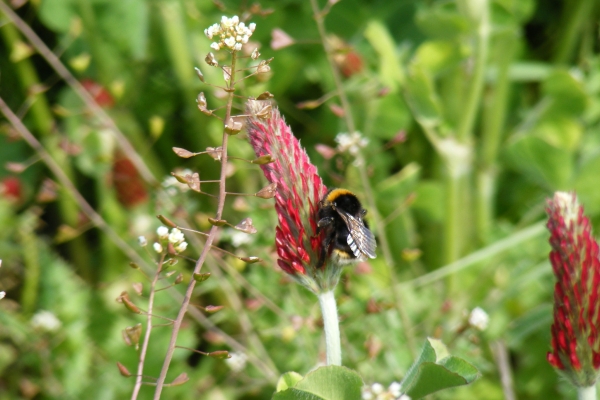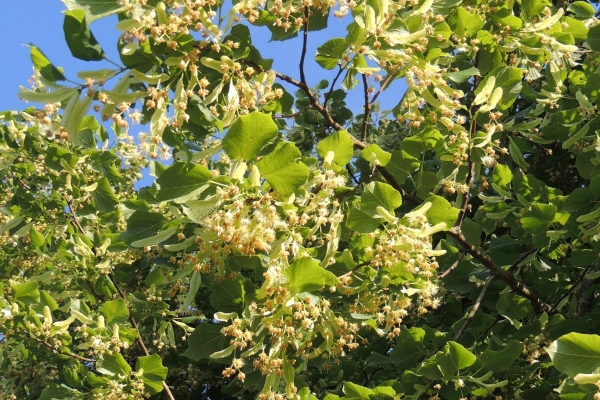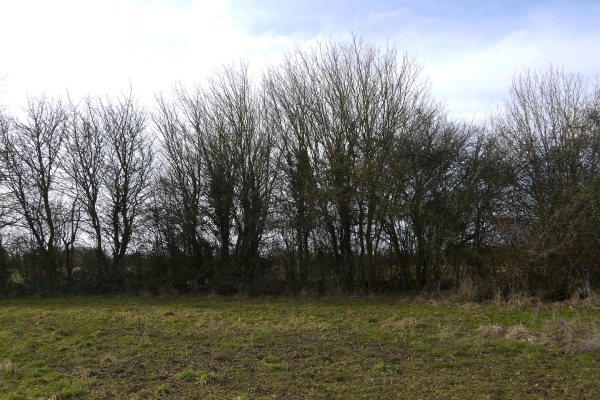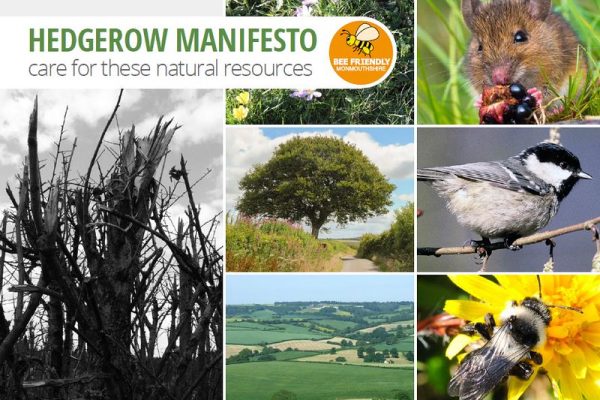Managing hedges to benefit pollinators
Resource explained
This fact sheet complements the Campaign for the Farmed Environment (CFE) guide ‘Pollinator management for your farm business’. It provides easy to follow advice to help you make the most of hedges on your farm and help support the National Pollinator Strategy.
It looks at why hedges are good for pollinators, explaining in detail the three key elements that healthy populations of pollinators need; pollen and nectar sources from spring to autumn, safe places to breed and over-winter, and safe flyways. The practical steps you can take to help provide each of them are then clearly outlined.
There is a useful ‘Further guidance’ section of where you can find out more information.
Findings & recommendations
- This guidance aims to help you make the most of hedges on your farm, including those counted as Ecological Focus Area (EFA) hedgerows (part of the Common Agricultural Policy greening criteria).
- Hedges play a vital role in helping to support healthy, diverse and wild pollinator populations on your farm.
- To maintain or create healthy populations of pollinators it is important that you do carry out some of the recommendations listed.
- Making your hedges pollinator-friendly can help improve the pollination or crops such as oilseed rape, legumes and fruits and result in increased yields. The pollinators will also help increase the size of fruit produced by hedge plants, which will provide winter food for birds.
